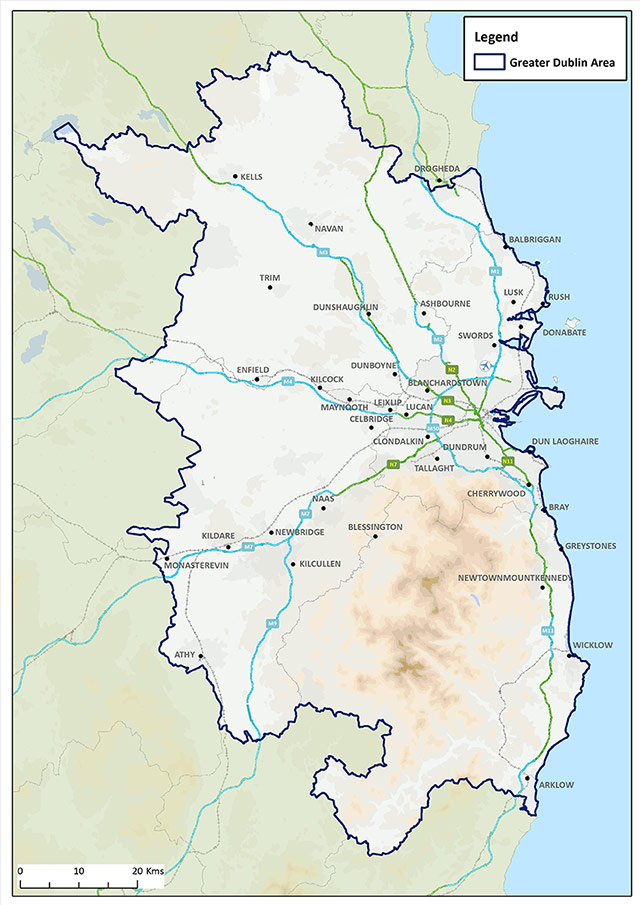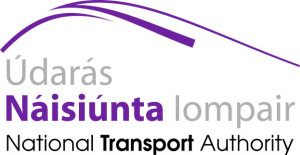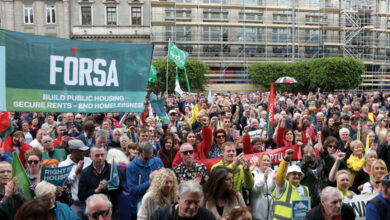Greater Dublin Area Transport Strategy
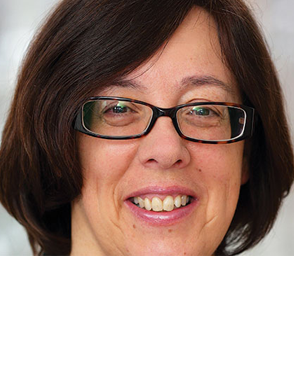
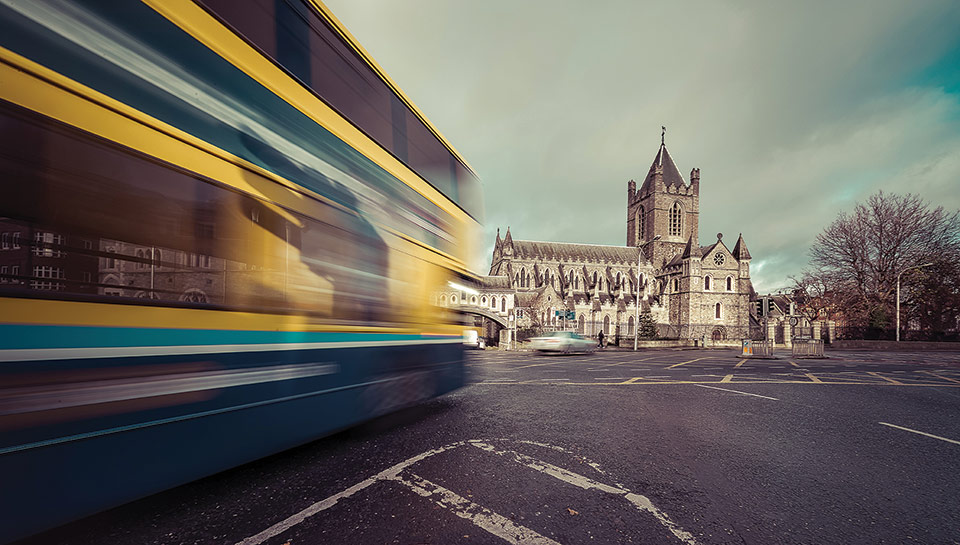
Anne Graham CEO of the National Transport Authority outlines the key elements across all transport modes of the Greater Dublin Area Transport Strategy 2016-2035 which was published in April.
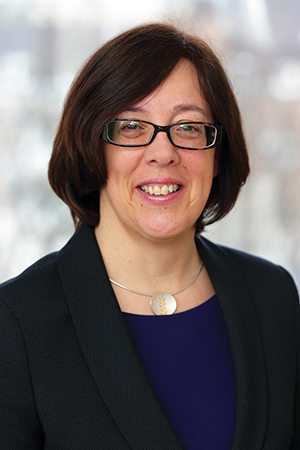 Over the next 20 years the overall demand for travel in the Greater Dublin Area is predicted to grow by 25 per cent, driven by increased economic activity within the region.
Over the next 20 years the overall demand for travel in the Greater Dublin Area is predicted to grow by 25 per cent, driven by increased economic activity within the region.
The Greater Dublin Area Transport Strategy provides a framework for the planning and delivery of transport infrastructure to serve the economic development of the country’s capital region. It provides a transport planning policy for other agencies involved in land use planning and environmental protection and the delivery of other infrastructure such as housing, water and power can align investment priorities with those of transport. Over the years there have been many transport strategies but this is the first such strategy that is a statutory document – which means other agencies must have regard to the strategy and its implementation plan. It is the first time that transport planning and land use planning are now structured to become more aligned.
The strategy is underpinned by a sophisticated transport model which uses CSO data, population growth statistics and other data sources to develop the demand for travel by 2035. The model has been developed over a number of years and the NTA conducts its own surveys to fill in any gaps around travel patterns. The other key aspect of the strategy is to meet the requirements of the government’s Smarter Travel policy which is to ensure that across the region a maximum of 45 per cent of commuting journeys will be car based i.e. 55 per cent of commuting trips will be by sustainable modes by 2035. This requirement has driven a lot of the thinking behind the strategy.
With two thirds of all public transport journeys in Ireland being made on buses in Dublin, the bus is a key part of the new transport strategy for the Greater Dublin Area. The strategy details a core bus network of 16 radial, 3 orbital and 6 regional corridors. These new corridors will have an improved level of priority given to buses and will see a high frequency of services along each of them.
Light rail
The strategy includes a number of new light rail services: including the New Metro North which will run from the south city centre to Swords via a tunnel under the city centre and will serve key hubs including Dublin airport with high frequency, high capacity services. Other services include Metro South which will run from the south city centre to Brides Glen, and Luas Cross City, which is under way. Luas extensions to Bray, Lucan, Finglas and Poolbeg are also included.
Heavy rail
Heavy rail measures include the re-opening of the Phoenix Park Rail Tunnel which is already under way and will allow additional train journeys to the city centre from Kildare/Cork commencing later this year. A city centre re-signalling project will also allow a higher number of services to go through the city centre, particularly through Connolly station. The DART expansion programme remains a key measure and will see electrified services to Drogheda, Hazelhatch, Maynooth and the M3 Parkway and a tunnel linking the Kildare line and the Northern/South Eastern line.
Cycling
Sustainable travel measures include the construction of the Greater Dublin Area Cycle Network which will expand the existing urban cycle network in the Dublin area to over 1,400km in length, with over 1,300km of new connections between towns in the rural areas. The objective is to build a network with a quality of service sufficient to attract new cyclists, as well as catering for increasing numbers of existing cyclists. Key routes will be, where practicable, segregated routes with cyclists safely separated from motorised vehicular traffic.
Road network
Further enhancements and improvements to the road network will improve traffic flow within the Greater Dublin Area, although there is little scope for road development within the M50. The strategy includes rail-based Park and Ride at Swords, Finglas and other locations. We are also looking at bus-based Park and Rides close to some of the high quality bus network corridors.
Demand management
Even with all this infrastructure we will not achieve the modal shift from the car, required to meet the government’s Smarter Travel objectives, without other demand management measures being put in place. Land development should be in areas of existing density or close to the main public transport provision. Other measures on congested routes, particularly around the M50, include road pricing with additional multi-point tolling on the M50 and tolling on radial national routes. There will also be parking restrictions and workplace travel plans encouraging employees to move from the car to more sustainable modes of transport.
Investment
The Greater Dublin Area Transport Strategy will also frame investment in transport over the next 20 years. The strategy sets out the transport infrastructure for any particular corridor. For example, the New Metro North is now proposed to serve Dublin Airport and Swords.
The strategy will cost an estimated€10 billion to deliver and it will deliver an economic benefit of 1.5 times that amount. The next stage, as determined by legislation, NTA is required to produce the first in a series of six year implementation plans, which NTA is obliged to produce within nine months of the strategy receiving Ministerial approval. The implementation plan will be produced and published by the end of the year and will mirror the government’s capital investment plan. With the economic recovery strengthening there may be the opportunity to increase investment in transport infrastructure to facilitate further growth.

